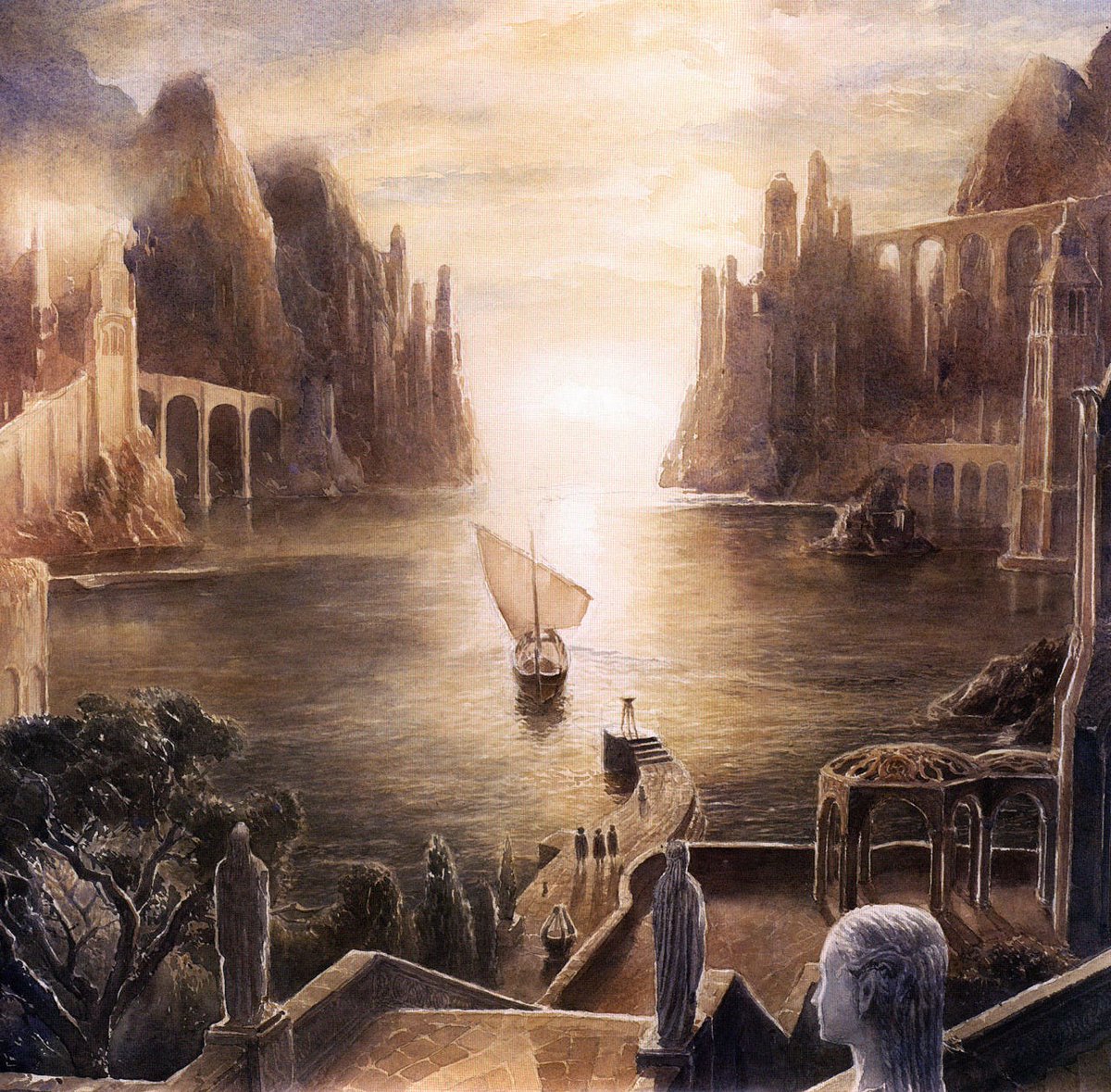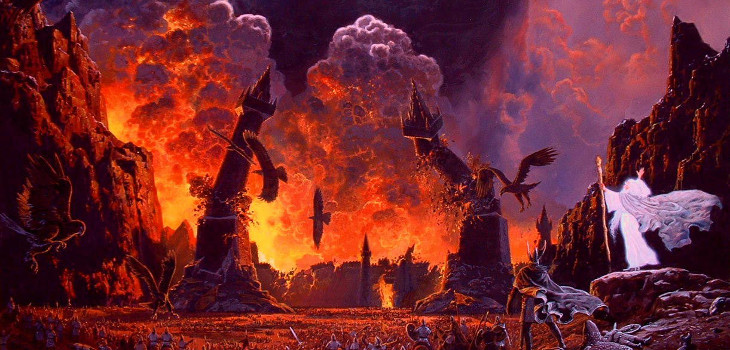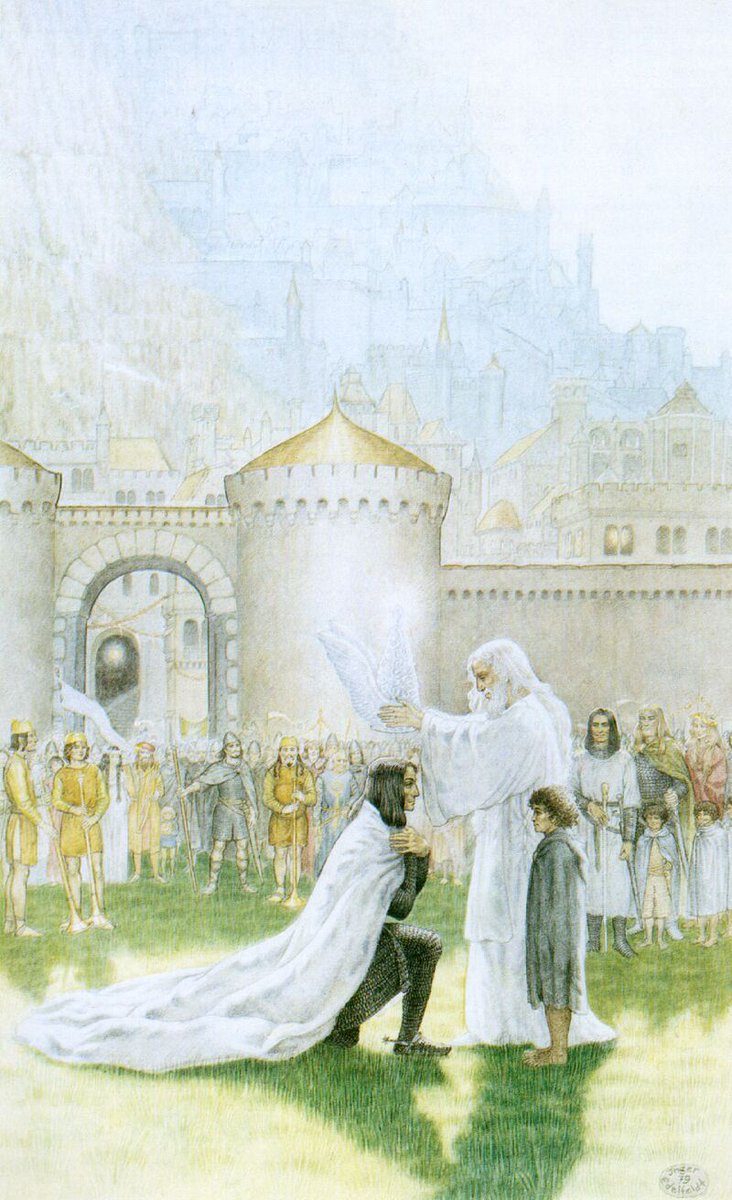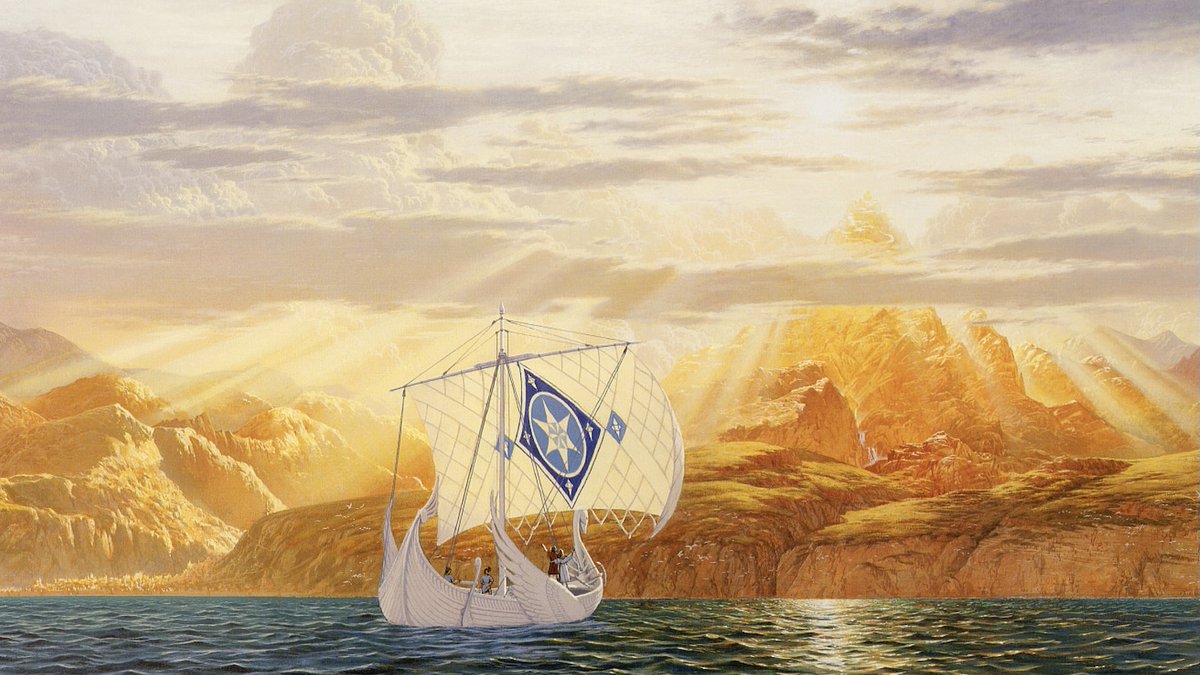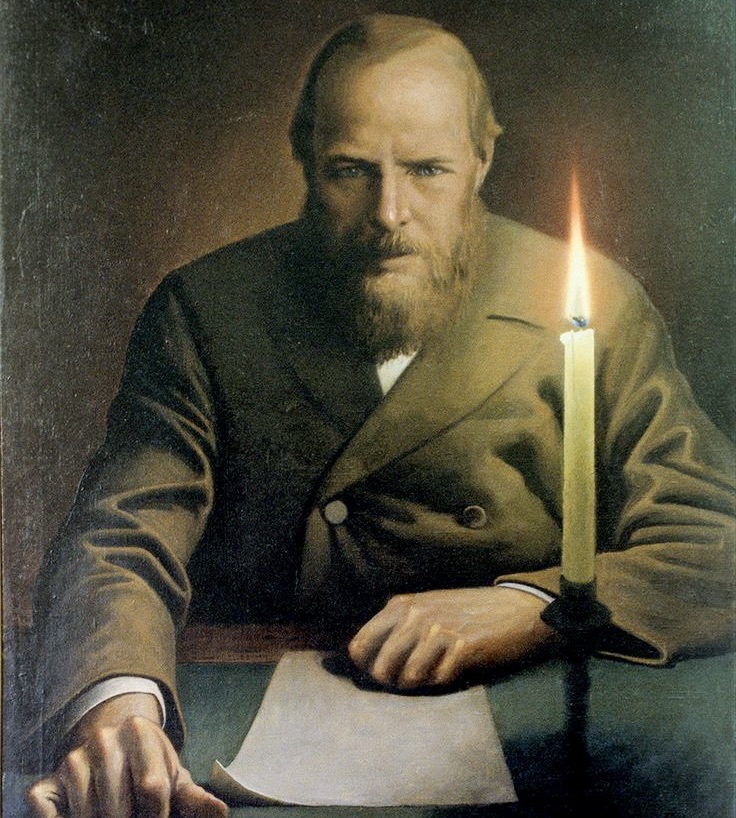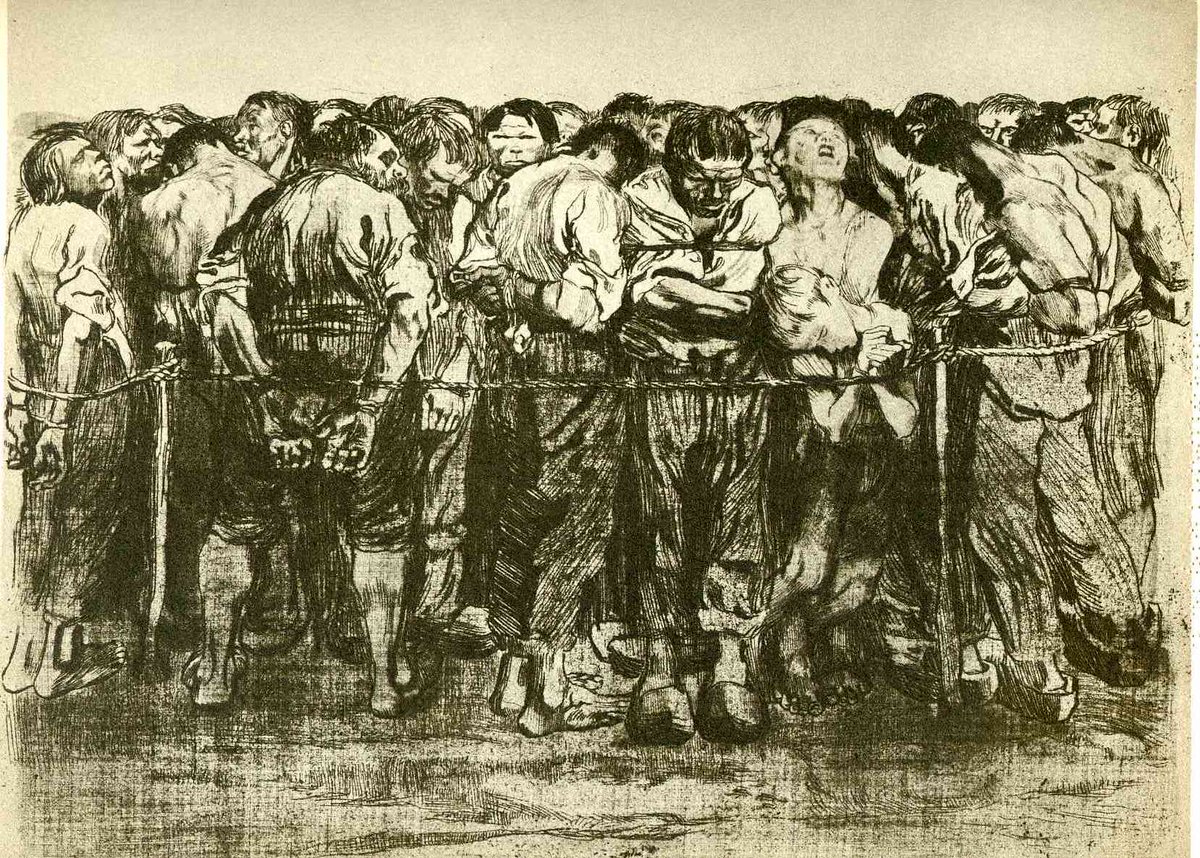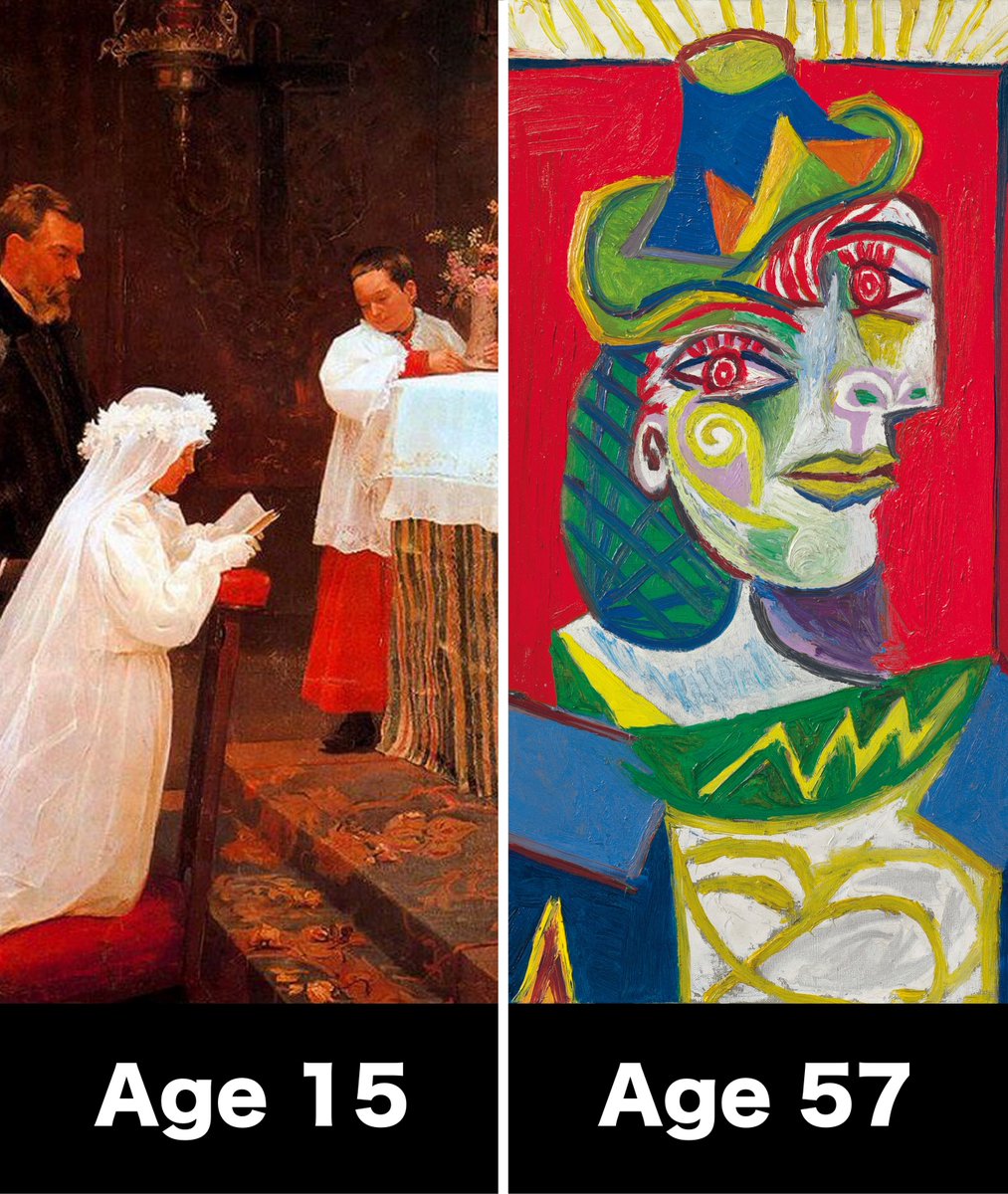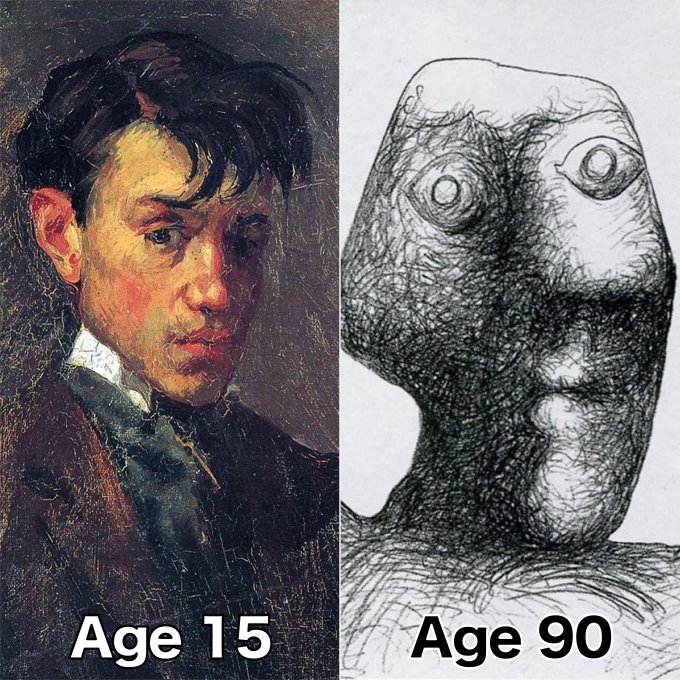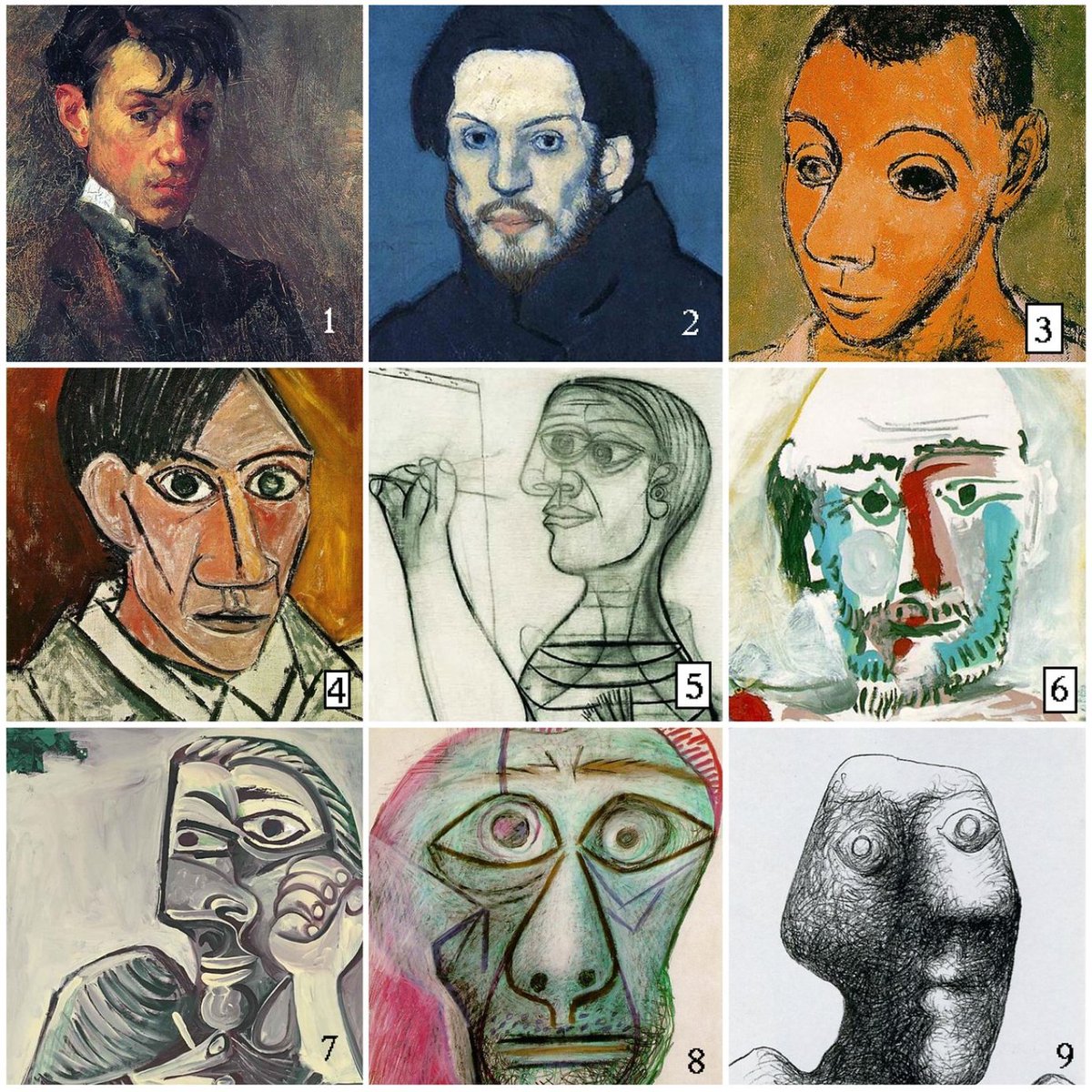Reminder that Argentina was once as rich as the US and Buenos Aires was "the Paris of South America".
So what happened?
Here's how it looked — and what it teaches us... (thread) 🧵
So what happened?
Here's how it looked — and what it teaches us... (thread) 🧵
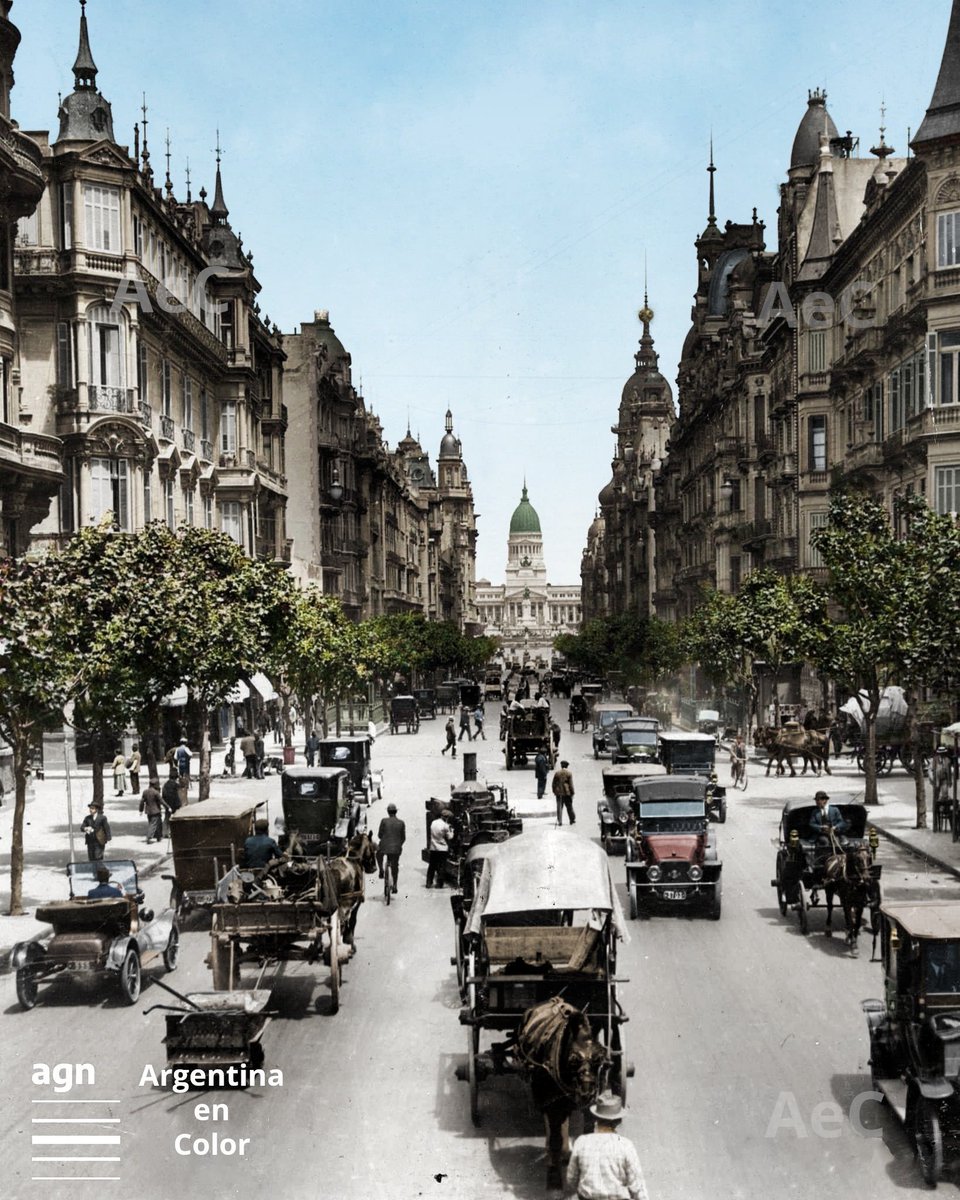
At the turn of the 20th century, Argentina was as rich as the U.S. per capita, GDP grew 6% annually, and its beach resorts looked like this.
4 million Europeans flocked there during its Belle Époque — dreaming of being "as rich as an Argentine".
4 million Europeans flocked there during its Belle Époque — dreaming of being "as rich as an Argentine".

It owed its wealth to its exports (beef and wheat mainly). These peaked at ~4% of all global trade in the 1920s, and Argentina was still as rich as much of Europe as late as 1950.

But wealth wasn't all. Spanish, Italian, and French immigrants made Buenos Aires a beacon of artistic excellence and cultural energy.
It's sobering to be reminded just how elegant it was...
It's sobering to be reminded just how elegant it was...

Then, the Great Depression hit. A new faction of leaders seized the opportunity, and Argentina was thrown into collectivist rule.
A military coup brought the Infamous Decade: corruption, election fraud, and political repression...
A military coup brought the Infamous Decade: corruption, election fraud, and political repression...

Juan Perón was meant to fix things in 1946. He wanted to reduce foreign influence in the economy and nationalize industries — like railroads, telecoms, utilities...
But this initiated years of ruinous spending and a huge, socialist welfare state bankrupted the economy.
But this initiated years of ruinous spending and a huge, socialist welfare state bankrupted the economy.

They tried printing money to pay for it all — the result?
The peso lost 70% of its value, and inflation was 50% by 1951. And this was the world ranking of Argentina by GDP per capita over time...
The peso lost 70% of its value, and inflation was 50% by 1951. And this was the world ranking of Argentina by GDP per capita over time...

Economic hardship fueled more political instability: a cycle of coups, corrupt governments, and crushing poverty that broke out into political massacres and guerrilla warfare. 

Democracy returned in 1983, but wealth didn't.
Peronist socialism endured, and Argentina remained one of the most heavily regulated nations on Earth — endlessly printing or borrowing money to keep up with enormous spending.
Peronist socialism endured, and Argentina remained one of the most heavily regulated nations on Earth — endlessly printing or borrowing money to keep up with enormous spending.

But despite all its troubled history, Argentina's cultural richness is still very visible. Artistry and love of its past kept it culturally alive through all the hardship... 

You can see it in the eclectic architecture. Neoclassical wonders sprang up in Buenos Aires at the turn of the century, and an Art Nouveau movement followed as rich as the one taking off in Paris.




The beautiful eclecticism is the city's identity.
Take this building, designed around the cosmology of Dante's Divine Comedy: floors representing Heaven, Purgatory and Hell...
Take this building, designed around the cosmology of Dante's Divine Comedy: floors representing Heaven, Purgatory and Hell...

And Buenos Aires was at the forefront of Art Deco in 1936 when the Kavanagh Building went up — then the world's largest reinforced concrete structure. 

After WW2, America and Argentina were no longer equals.
But there's something to be said of the culture of convenience that went with America's booming wealth. American cities began to uglify...
But there's something to be said of the culture of convenience that went with America's booming wealth. American cities began to uglify...

But Buenos Aires held fast to its heritage. It may have ran out of money to build more, but it (mostly) maintained its precious buildings and sweeping parks.
Maybe economic hardship sharpens the focus on what's culturally important?
Maybe economic hardship sharpens the focus on what's culturally important?

I go deeper on topics like this every week in my FREE newsletter — do NOT miss the next email!
60,000+ people read it: art, history and culture 👇
culture-critic.com/welcome
60,000+ people read it: art, history and culture 👇
culture-critic.com/welcome
This iconic photo is the Avenida de Mayo, looking toward the majestic National Congress building.
How it looked in 1918...
How it looked in 1918...

• • •
Missing some Tweet in this thread? You can try to
force a refresh


